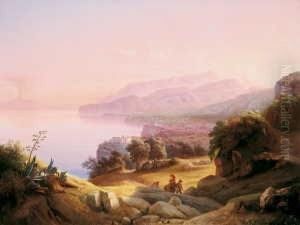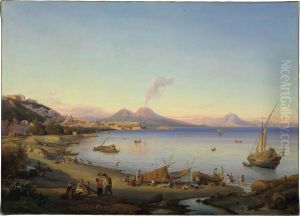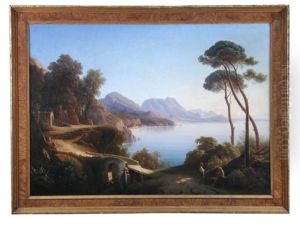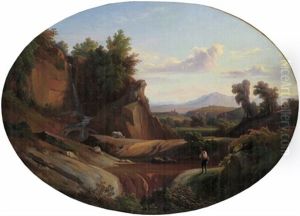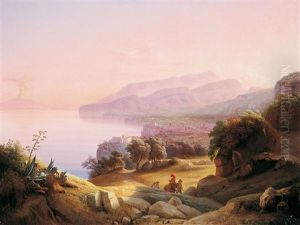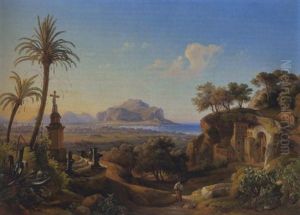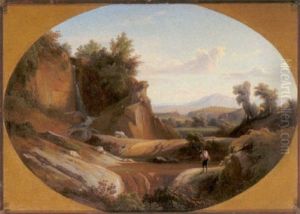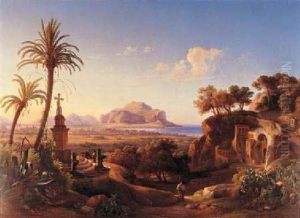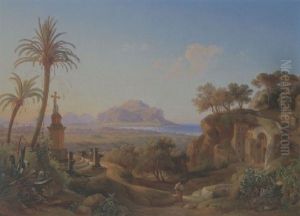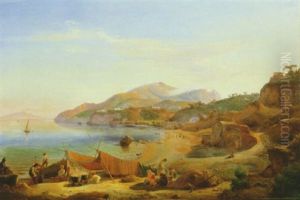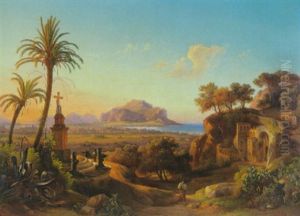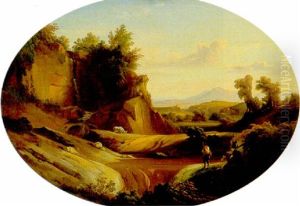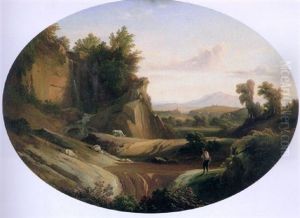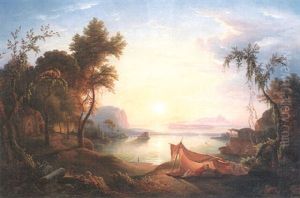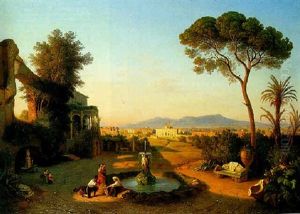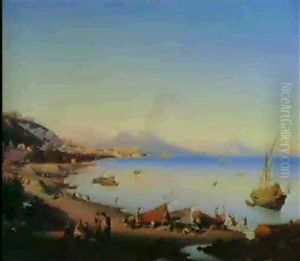Johann Georg Gmelin Paintings
Johann Georg Gmelin was a German naturalist, botanist, and geographer, born on May 10, 1709, in Tübingen, Duchy of Württemberg. He was not only a prominent figure in the scientific community of his time but also a noted explorer. Educated at the University of Tübingen, he studied medicine and natural sciences and received his degree at the age of 18. Gmelin came from an academic family, with his father, grandfather, and uncle all holding university chairs in medicine and chemistry.
After completing his degree, Gmelin worked on cataloging the plants in the botanical gardens in Tübingen and became a professor of chemistry and natural history at the university by the age of 21. His early academic work paved the way for his participation in one of the most significant scientific expeditions of the 18th century, the Russian Kamchatka expedition.
In 1731, Gmelin joined the Russian Academy of Sciences and set out on the Second Kamchatka expedition, led by Vitus Bering, which was intended to explore Siberia and its flora and fauna. He spent several years traveling and studying the region's natural history, facing harsh conditions and numerous challenges. During this period, Gmelin collected a vast amount of data on the geography, mineralogy, and biology of the regions he visited, including the description of many new plant species.
Gmelin returned to St. Petersburg in 1743 and began publishing his findings in the 'Flora Sibirica' (1747-1769), a four-volume work that contained descriptions and illustrations of over 1,170 plant species. This work was a significant contribution to botany and biogeography and established his reputation as a leading scholar in these fields.
Throughout his career, Gmelin also contributed to the development of chemistry. He was one of the first scientists to describe the use of cobalt compounds to create blue glass, which became known as smalt. Despite his significant scientific achievements, Gmelin's life was cut short; he died on May 20, 1755, in Tübingen, at the age of 46. His legacy continued through his work and his nephew, Samuel Gottlieb Gmelin, who also became a notable naturalist.
